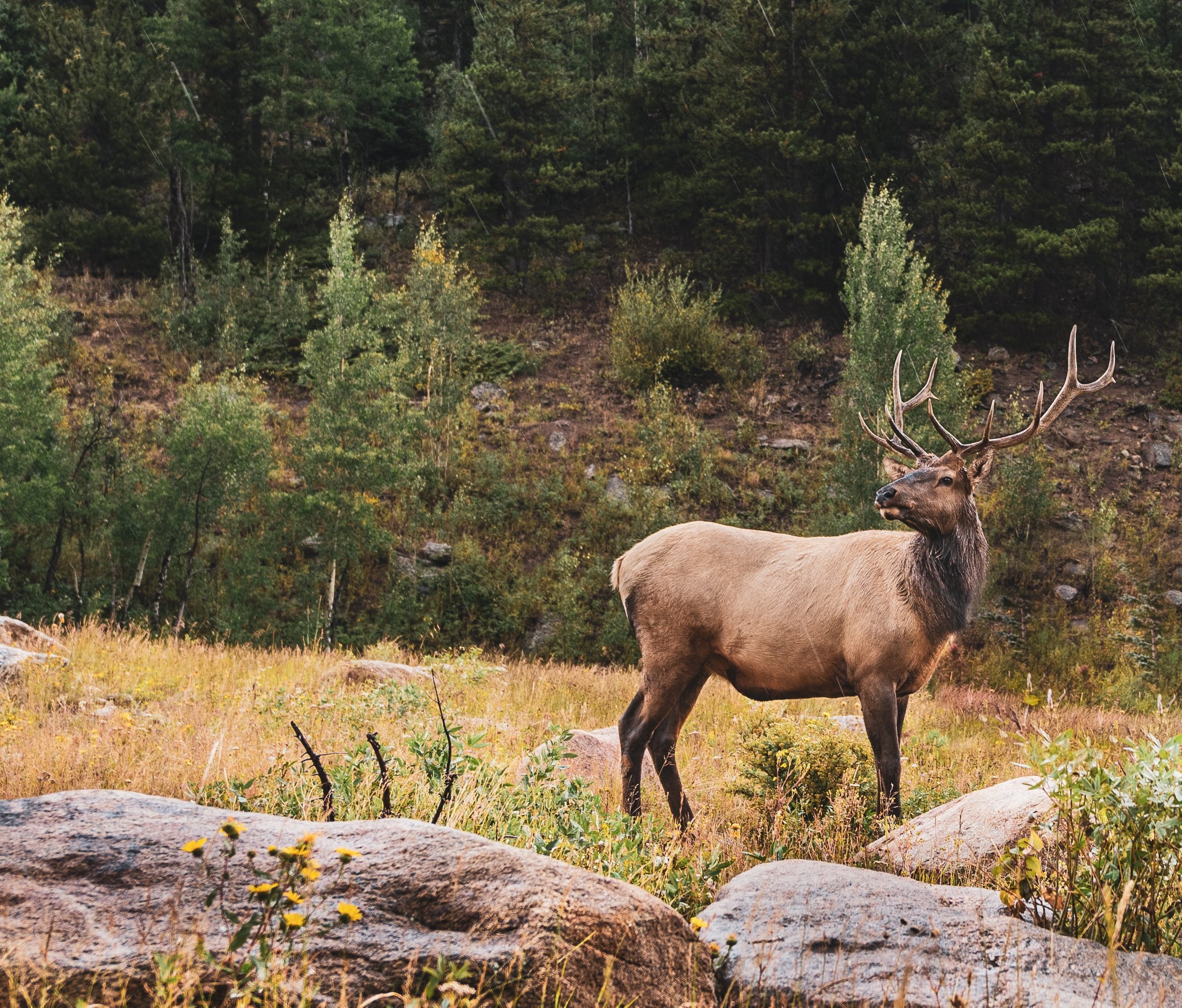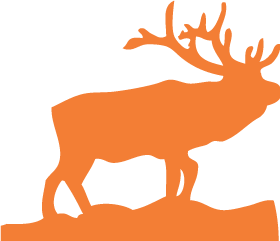
Frequently Asked Questions
FAQs
-
Non-lead bullets are as effective as lead but perform differently. Lead bullets tend to fragment as they pass through the animal. This results in lower bullet mass and can result in the bullet staying within the animal. Non-lead bullets expand but maintain intact, retaining almost all of their mass. This results in a long, straight wound channel. A non-lead bullet will usually exit the animal on a broadside shot, at a low velocity, depositing almost all of its energy in the animal. The single exit hole is often the diameter of the expanded bullet because the skin of an animal stretches as the bullet exits. The internal organs are not as elastic as skin; they get crushed in a very predictable pattern. Put the bullet in the right place and expect it to cause large amounts of damage to the vital organs along the bullets path before it exits the animal.
-
Non-lead ammunition can cost more than certain types of lead ammunition. However, the price of non-lead ammunition is the same as premium lead ammunition. In fact, sometimes it costs less. For some calibers even the difference between cheaper lead ammunition and non-lead ammunition can be less than $10 per box, especially if you look for deals at your local store or online. Either way, ammunition is the often the least expensive part of a hunt, and the only thing that touches the animal you want to harvest. Make sure to buy ammunition that will make your hunt a success.
-
The first step is to know the rifling twist rate of your barrel. Almost all bullet manufacturers will list the minimum twist rate required to stabilize their bullets. Due to differences in density a non-lead bullet is usually slightly longer than a lead bullet. By reducing grain weight by 15-20% (180 grains*.85 = 153 grains or 180 grains * .80 = 144 grains) you can get a non-lead bullet that will be similar in length & point of impact to the lead bullet you were previously using. First try using a 130 or 150 grain to see if it’s accurate. Then consider what game you are pursuing. As with any bullet, choose one that is appropriate for the game.
-
First, try an online search. Many non-lead cartridges for less common cartridges are already made and for sale as factory ammunition. If something suitable doesn’t turn up, try a custom ammunition loader. A custom loader makes boxes of bullets one at a time and can make what you need.
-
The interaction between your rifle and the bullet is complicated. First, make sure to carefully and completely clean your rifle barrel. Then try different brands of ammunition and bullet weights. Try using bullets lighter than lead bullets that worked for you in the past. Double check the manufacturer specifications to see which bullets they recommend for the twist rate of your rifle’s barrel. If that doesn’t work call the bullet manufacturer or a custom loader and tell them what is going on. We have worked with hundreds of rifles and by trying different brands and bullet weights we can almost always find something that works.
-
A 200 grain non-lead bullet will be up to 1/3 longer than a lead bullet. This creates stabilization problems and a rifle needs to have a very tight twist rate to cause stabilization to occur. By reducing a bullet’s grain weight by 20% you get a 160 grain bullet with similar characteristics. Many non-lead bullets have good BC’s and can be very accurate when matched appropriately to the rifle. Some of the manufacturers have started to create specific “long-range” non-lead bullets that are specifically designed to have high BC’s and are made to expand at the lower impact velocities of longer range shots.
All bullets are made to perform within a certain range of velocities. Most non-lead bullets will reliably expand at velocities down to ~1800 feet per second. Non-lead bullets will also expand at high velocities of close range shots while penetrating through vital organs, where some lead bullets may fail to penetrate. Make sure to factor in the manufacturer’s recommended velocity range for any ammunition that you use to harvest game in order to insure the fastest, most humane kill possible.
-
All bullets fly differently and have different points of impact. Try non-lead at the range and re-zero your rifle before your hunt. The process is the same as when switching from one lead bullet to another.
-
Most public ranges recycle the lead that gets shot into their berms, and lead bullets are great for target practice.
-
Whether an animal runs off or falls down after being hit depends on the shot placement and bullet construction. Due to the unique characteristics of non-lead ammunition it can actually be better at producing “knockdown” shots because they can cause the mechanical breakdown of the skeletal structure and nervous system while continuing to penetrate into essential vital organs.
If you are concerned about an animal running off after being hit with a non-lead bullet consider changing your point of aim. Many of us have grown up aiming behind an animal’s shoulder and trying to hit the animal’s vital area. When a hunter does hit an animal’s shoulder using a lead bullet it leaves fragments throughout the muscle rendering the meat inedible due to “bloodshot” meat. However, when using non-lead bullets it is beneficial to aim at the animal’s shoulder. Non-lead bullets will typically penetrate both shoulders and leave little to no fragments resulting in very little meat loss. Shooting an animal through the shoulders also leads to a higher chance of hitting the animal’s heart and the frontal area of the lungs.
Our experience using non-lead ammunition for a variety of big game species has shown that it is highly effective ammunition, usually resulting in our ultimate goal of one shot-one kill, with little or no need for tracking after the shot.

Find Bullets
We understand that finding ammunition for a particular rifle can be difficult, especially so with hard-to-find calibers. While HWNL does not endorse any manufacturer or retailer over another, here are a few helpful tips to find ammo:
To find common cartridges, use a search function such as gunbot.net or ammoseek.com
If it isn’t found by using a search function, find a custom ammunition loader. Custom loaders can make any known cartridge, and some will use once-fired brass from the client to reduce costs.
Visiting your local gun store and asking for non-lead ammunition may be the most convenient way to purchase non-lead ammunition. Knowing what brands and bullet models are available in non-lead before going to your local store is always a good idea.
Bullets are widely available and we have found 293 cartridges loaded with non-lead bullets made by custom loaders.
Lastly, email nonlead@iws.org and use our experience to help you find the cartridge for you.

